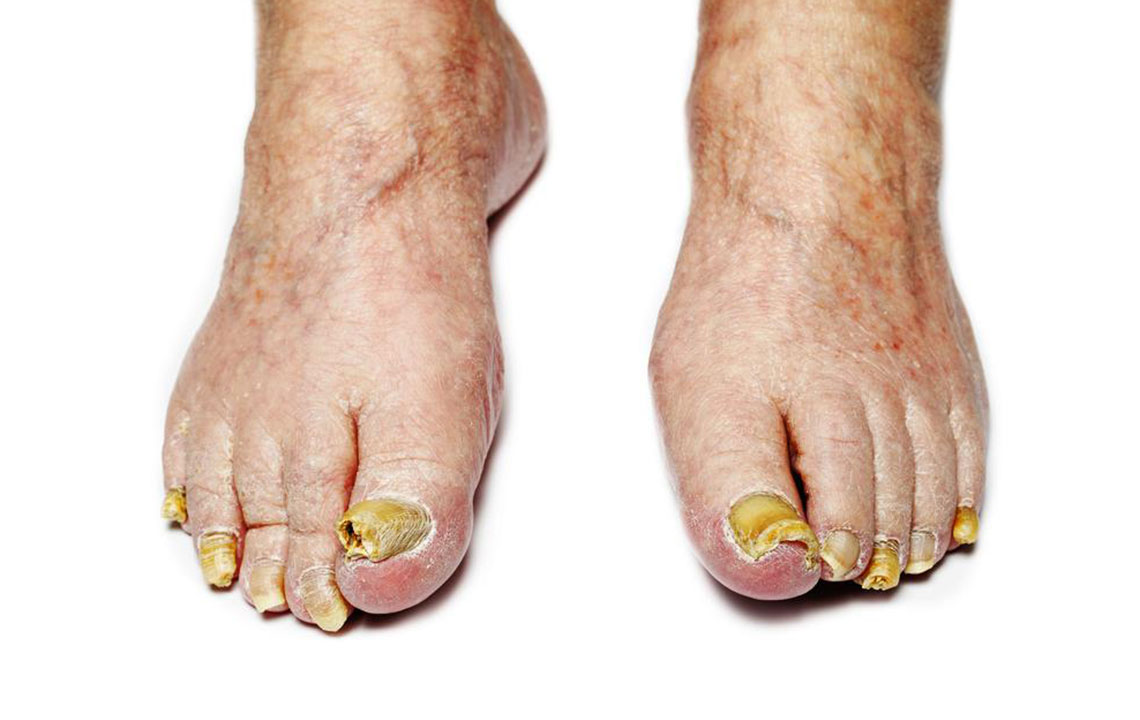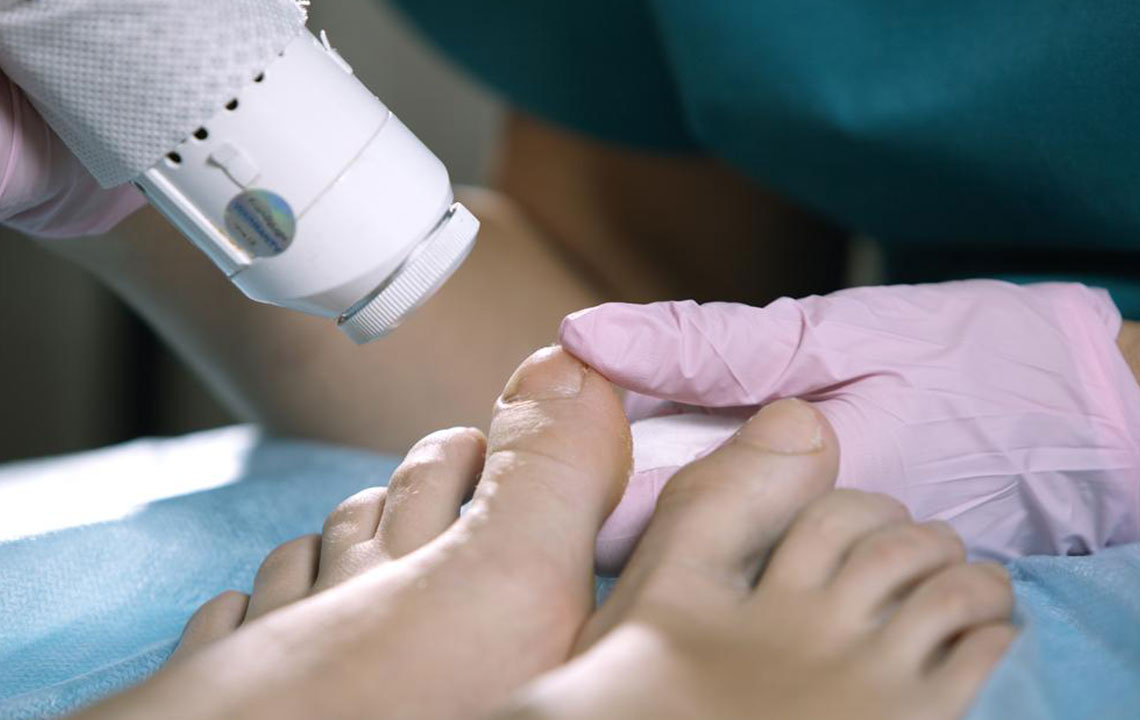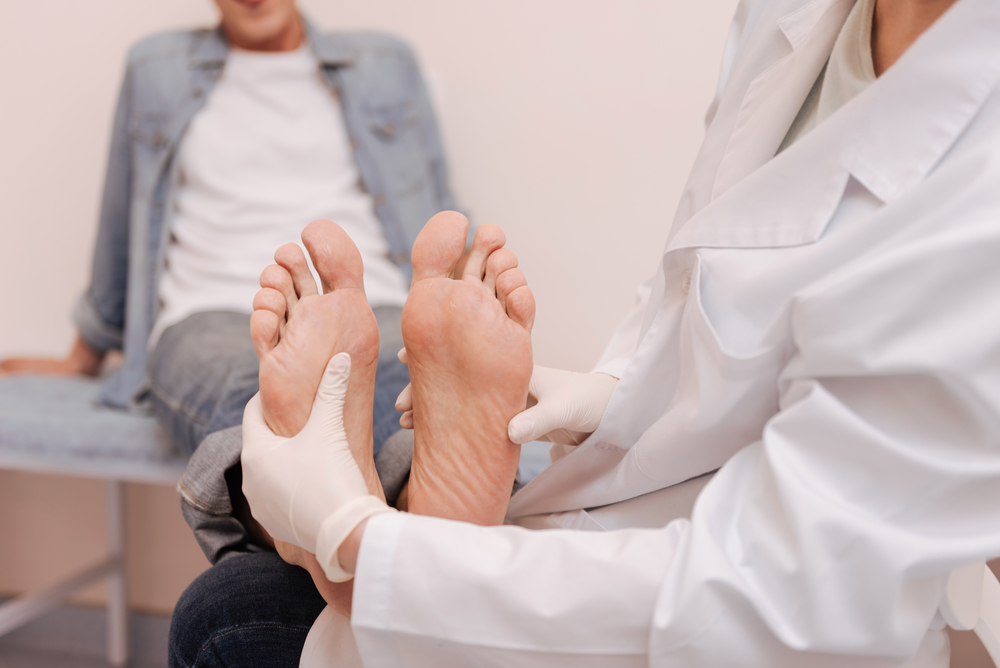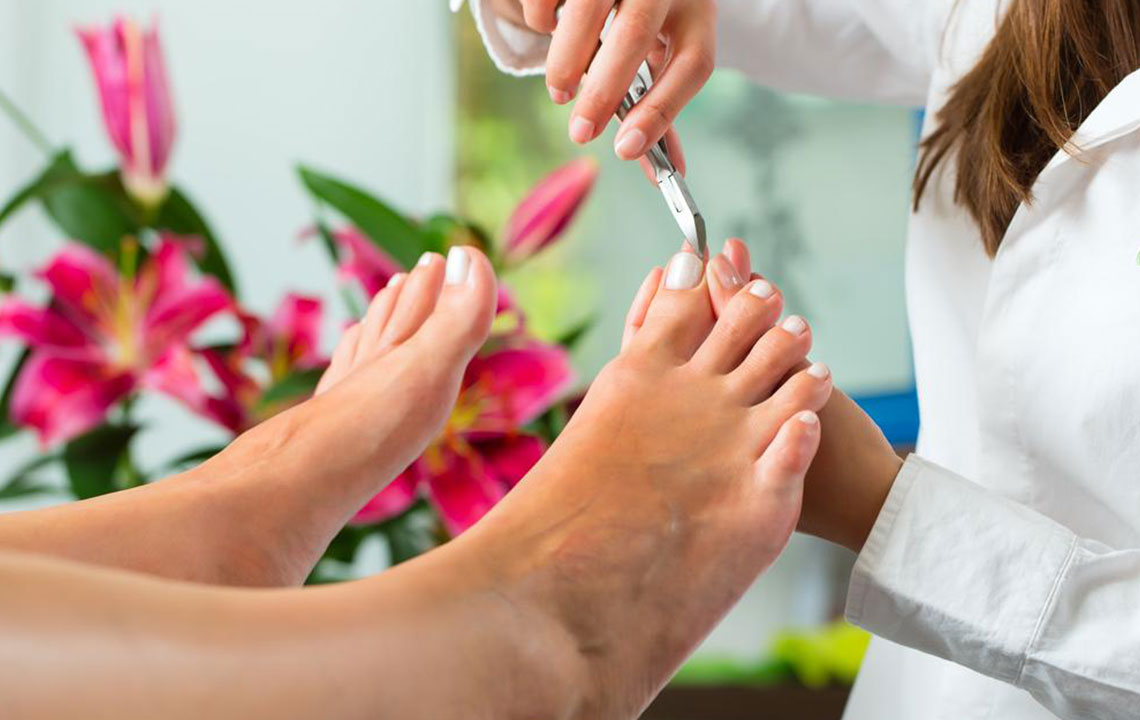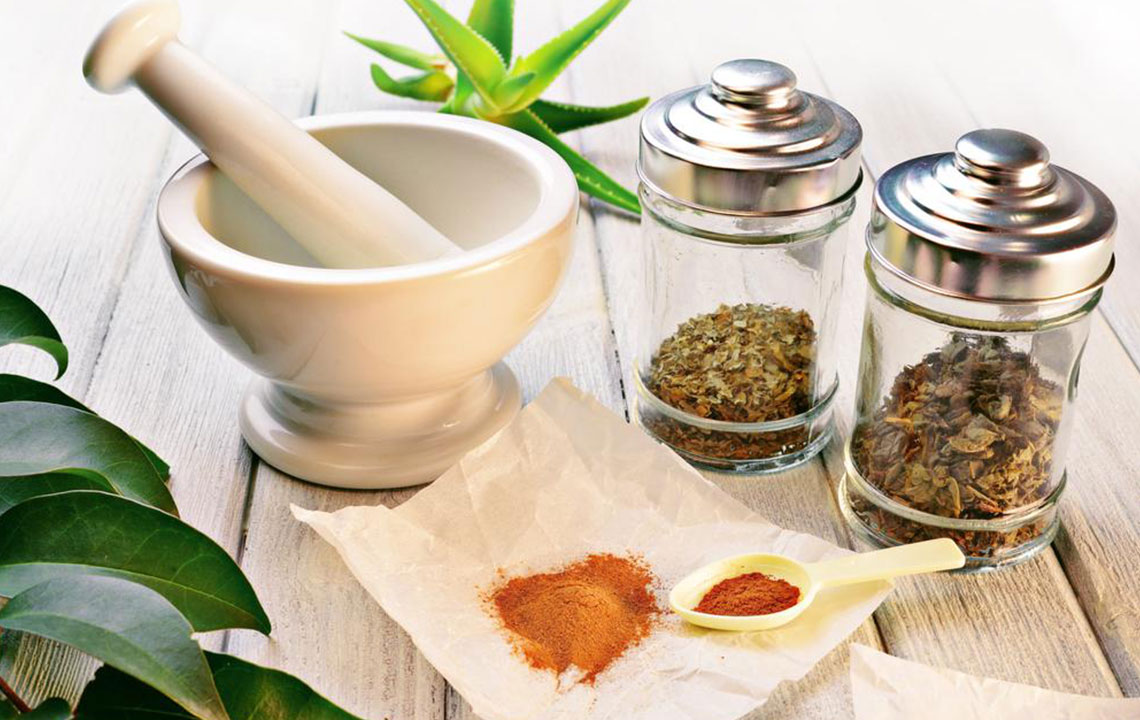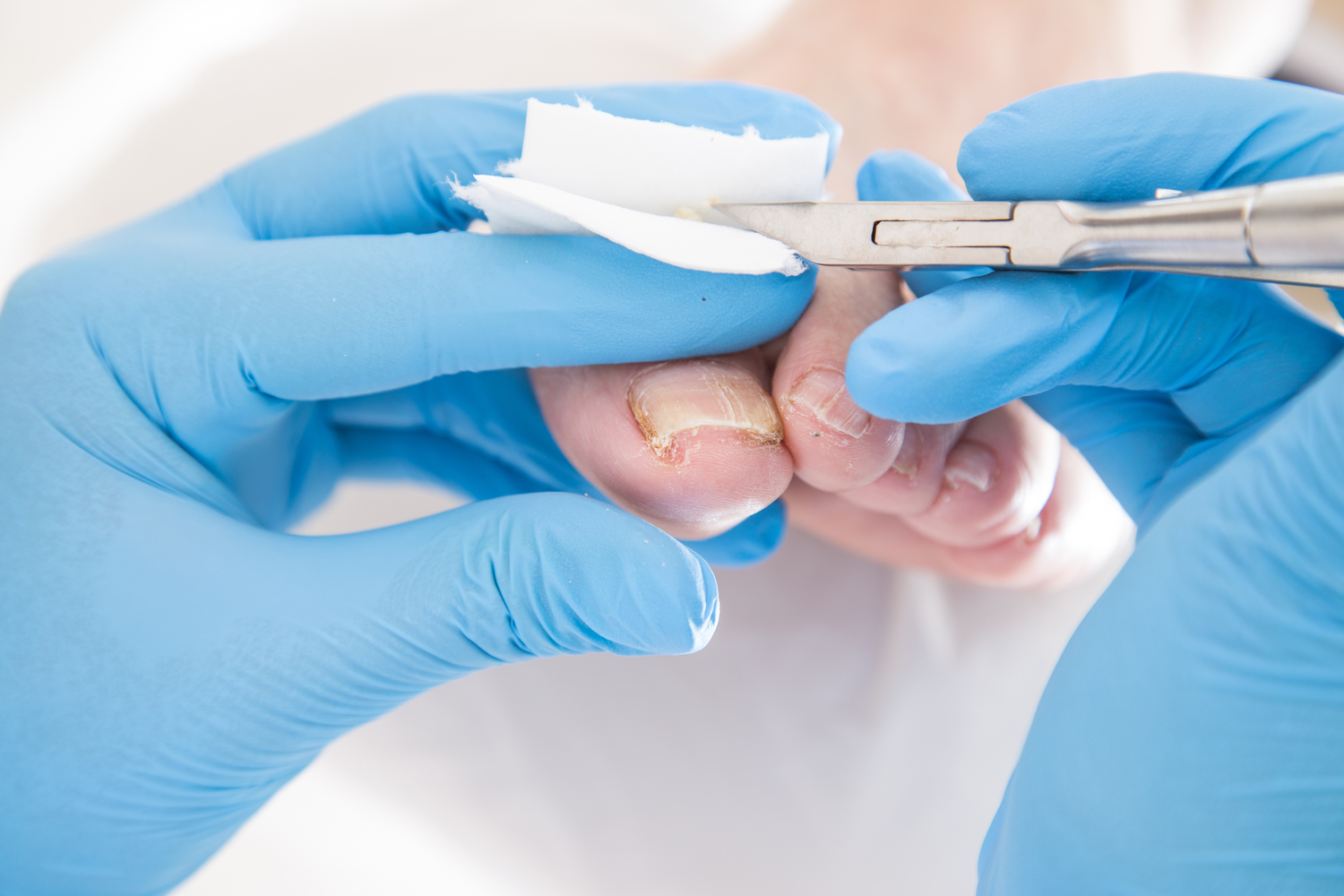Effective Strategies for Treating Nail Fungal Infections
This comprehensive guide offers effective strategies for treating nail fungal infections, including natural remedies, clinical options like laser therapy, and tips for prevention. It emphasizes consulting healthcare professionals for severe cases and offers insights into causes, symptoms, and preventive measures to maintain healthy nails and prevent infections.
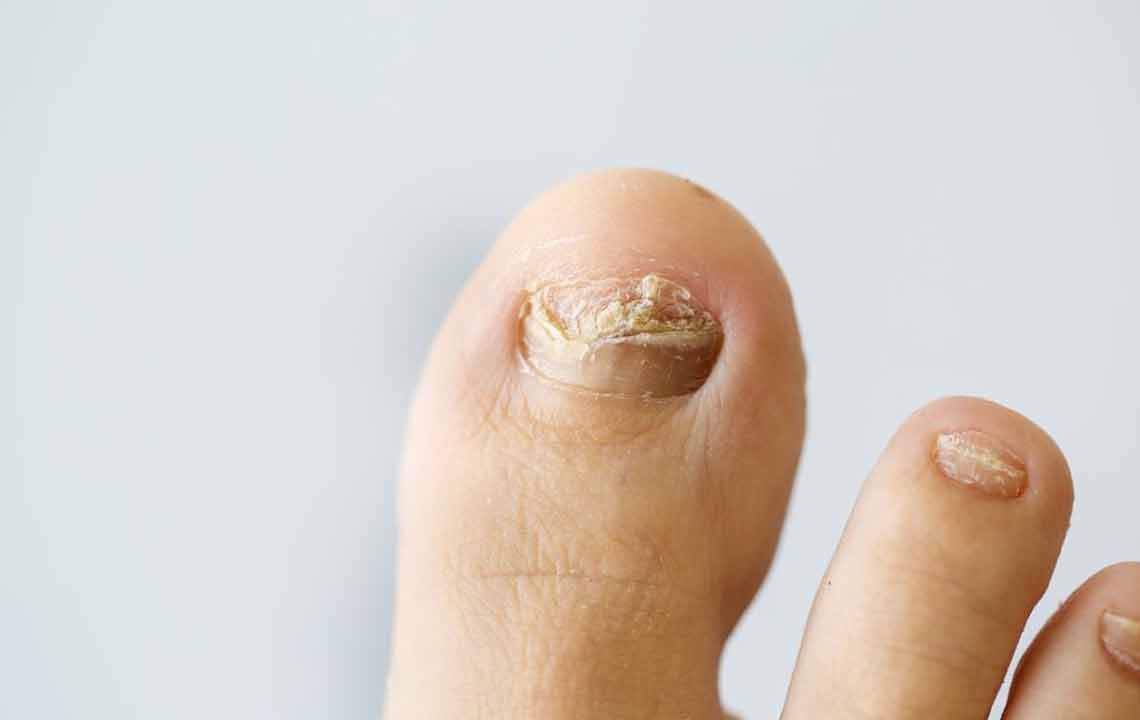
Understanding How to Combat Nail Fungal Infections
Nail fungus begins as a white or yellowish spot under the nail tip. As it advances, it causes the nail to thicken, become discolored, and may be painful. If untreated, the infection can spread to other nails. The fungus enters through cracks or cuts in the skin, thriving in warm, damp environments like toes. Different fungi affect various parts of the nail, sometimes causing separation from the nail bed, foul odor, and discomfort.
Causes of Nail Fungal Infections
Fungal infections develop slowly in warm, moist environments where fungi can thrive, often called Onychomycosis. Dermatophyte fungi are typically responsible for nail infections. Contributing factors include increasing age, which reduces nail growth and blood flow; excessive sweating without proper dryness; family history; contact with infected individuals; and working in humid settings such as pools or kitchens. Toenails are more prone due to their dark, moist environment inside shoes and lower blood circulation, making them less capable of fighting fungi.
Recognizing Symptoms
Thickened nails
Brittle, crumbly, or jagged nails
Deformed nail shape
Loss of luster in nails
Dark debris beneath the nail surface
Diagnosing Nail Fungal Infections
A healthcare professional examines the affected nails, often scraping debris for lab analysis to identify the infection's cause and fungus type.
Natural and Herbal Remedies for Nail Fungus
Keep nails clean—file affected areas, soak in water, dry thoroughly, and apply medicated creams or lotions.
Use Vicks VapoRub—shown to help eliminate fungal infections when applied consistently on affected nails.
Trim nails regularly—shaping and thinning thick nails improve medication penetration and reduce discomfort.
Apply urea cream—covering affected nails overnight helps soften and treat the infection.
Medical and Surgical Treatments
Surgical removal—done in severe cases to extract the infected nail, allowing a new one to grow.
Laser therapy—using carbon dioxide lasers combined with antifungal ointments offers an alternative, though these procedures can be costly and are less widely available.
Consult a healthcare professional for proper diagnosis and tailored treatment options, especially if you have underlying conditions like diabetes, which require careful management. Ignoring severe infections may lead to persistent pain and permanent nail damage.

